It may not appear that there are many ways to wash your hair but understanding How to Properly Wash Your Hair may have a significant impact on the health, texture, and luster of your hair. It does matter the type or texture of your hair as well as the technique applied to your hair since it can help or damage your hair. Below is a complete guide on how best to wash your hair so that it can look attractive and healthy all the time.
Table of Contents
ToggleStart with the Right Amount of Shampoo
The first thing you need to understand when learning How to Properly Wash Your Hair is the quantity of shampoo to use. If you use too much of it, the natural oils in your hair are washed away But if you use a little of it and more so if you don’t rub, your scalp won’t be cleaned. For people with short hair, it is enough to apply a single coin sizes’ size amount; If the head has long or coarse hair one must apply a two coin sizes’ size amount. The majority of oil and many products need to be applied to the scalp not the hair ends, as was stated before.
Choose the Right Water Temperature
It is also very important to know How to Properly Wash Your Hair and which water temperature is appropriate to use. Begin with warm water as it helps in making the hair cuticles wide to facilitate cleaning by the shampoo. Warm water on the other hand affects your hair and the scalp by drying them up. Finally, wash your hair with cold water, this should be done after shampooing and conditioning your hair. This aids in sealing the cuticles and as a result, retains the moisture thereby giving your hair a silk-like shine.
Master the Shampooing Technique
An important aspect of how to properly wash your hair is the technique you use while shampooing. Soak hair in water before applying shampoo to help loosen dirt and buildup. Apply the shampoo directly to your scalp and use your fingertips (not your nails) to massage it using circular motions. This technique not only ensures a thorough cleanse but also stimulates blood circulation, promoting healthy hair growth. Using a washcloth is not recommended for washing hair. Spend 2-3 minutes massaging to cover your entire scalp and avoid scrubbing your hair strands too aggressively to prevent tangling and breakage.
Rinse Thoroughly
Another essential tip on how to properly wash your hair is to rinse thoroughly. Any leftover shampoo can cause product buildup, making your hair look dull and potentially leading to scalp irritation. Rinse with warm water, ensuring that you remove all traces of shampoo, especially from areas like the nape of your neck and behind your ears. This step is critical for keeping your hair clean and healthy.
Conditioning: Focus on the Ends
Conditioner is vital for keeping your hair hydrated, but it’s important to know how to properly wash your hair with conditioner. Apply the conditioner to the mid-lengths and ends of your hair, where moisture is most needed. Avoid applying it to your scalp, as this can weigh your hair down and make it greasy. Use a wide-tooth comb or your fingers to distribute the conditioner evenly and leave it in for a few minutes before rinsing with cool water.
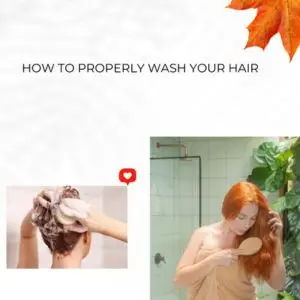
Frequency Matters
Knowing how to properly wash your hair also involves understanding how often you should do it. This varies depending on your hair type and lifestyle. Fine hair may need washing every other day, while thicker or curlier hair might only need washing once or twice a week. Overwashing can strip your hair of natural oils, so it’s important to find a balance that keeps your hair looking and feeling its best.
Drying Your Hair
Proper drying is the final step in washing your hair. After washing, gently squeeze out excess water with a soft towel. Avoid rubbing, as this can cause frizz and damage. Air drying is the best option, but if you need to use a blow dryer, opt for a low heat setting and always use a heat protectant spray to minimize damage.
Alternatives to Shampoo: A Quick Guide
- Apple Cider Vinegar (ACV) Wash: Detoxing your hair with ACV. It helps balance the scalp’s pH and removes buildup. Dilute with water and use as a rinse to cleanse hair naturally.
- Co-Wash: washing your hair without shampoo using only Conditioner is called (co-wash) involves using a conditioner instead of shampoo to clean the hair, which can be gentler, especially for curly or dry hair. Do not use Body Wash in Your Hair. It does not provide the conditioning needed for healthy hair.
- Water-Only Wash: Simply rinsing your hair with water can remove sweat and dirt while preserving natural oils, ideal for those looking to avoid all products. If you want Deep Clean Your Hair try a clarifying shampoo once a week to remove buildup.
- Baking Soda Wash: Baking soda acts as a natural clarifier, removing buildup and oil. Mix it with water, apply it to the scalp, and rinse thoroughly.
- Clay Wash: Clay absorbs excess oil and impurities. Mix with water to create a paste, apply to the scalp, and rinse for a deep clean.
Here’s a breakdown of the best types of shampoos for different hair types on the way to How to Properly Wash Your Hair.
Fine Hair
- Shampoo Type: Volumizing Shampoo
- Why: Fine hair tends to be flat and lacks volume. A lightweight, volumizing shampoo can add body without weighing it down.
- Ingredients to Look For: Proteins (like keratin), biotin, panthenol, and lightweight hydrating ingredients.
Curly Hair
- Shampoo Type: Moisturizing/Cleansing Shampoo (or Co-Wash)
- Why: Curly hair is often dry and prone to frizz. A moisturizing shampoo or a cleansing conditioner (co-wash) helps retain moisture and define curls.
- Ingredients to Look For: Shea butter, coconut oil, glycerin, and mild cleansers that won’t strip natural oils.
Thick Hair
- Shampoo Type: Hydrating/Moisturizing Shampoo
- Why: Thick hair can be difficult to manage and often needs extra hydration to stay smooth and manageable.
- Ingredients to Look For: Oils like argan or jojoba, humectants like glycerin, and silicone-free formulas for hydration without buildup.
Dry Hair
- Shampoo Type: Deep Moisturizing Shampoo
- Why: Dry hair needs intense moisture to prevent breakage and dullness. A deep moisturizing shampoo can replenish and lock in moisture.
- Ingredients to Look For Hyaluronic acid, natural oils (like avocado or olive oil), and creamy formulations.
Bleached Hair
- Shampoo Type: Bond Repair or Purple Shampoo
- Why: Bleached hair is fragile and prone to damage. Bond repair shampoos help strengthen the hair structure, while purple shampoos neutralize brassy tones.
- Ingredients to Look For: Bonding agents (like Olaplex), purple pigments for toning, and protein-rich formulas.
Color-Treated Hair
- Shampoo Type: Color-Safe Shampoo
- Why: Color-treated hair needs gentle cleansing to preserve the color and prevent fading. Color-safe shampoos are formulated to protect the vibrancy of your hair color.
- Ingredients to Look For: Sulfate-free shampoo is used because it’s gentler on hair and scalp, helps retain natural oils, preserves color-treated hair, reduces frizz, and is safer for keratin-treated hair. It’s ideal for those with sensitive scalps, dry or damaged hair, and anyone concerned about harsh chemicals. Some people say that Dandruff Even After Washing Hair stays in the hair. It requires dandruff-free shampoos with active ingredients like ketoconazole or selenium sulfide.
READ MORE: How Often Should You Wash Your Hair? A Comprehensive Guide to All Hair Types
Itchy Scalp Explained: Understanding the Causes and Finding Relief
Some tips for men and female, How to Properly Wash Your Hair
Wash Your Hair Properly for Females and Men washing style is the same. Don’t Overwash the Hair. Conditioner is beneficial for all hair types, including men’s hair, to maintain moisture and prevent damage. Professional Hair Washing Techniques are best for healthy hair. Shampoo brushes help distribute shampoo and massage the scalp.
Brushing or Combing Hair in Shower Before Showering can help detangle and distribute natural oils. Avoid vigorous brushing to prevent damage.
READ MORE: Itchy Scalp Explained: Understanding the Causes and Finding Relief
How Often Should You Wash Your Hair? A Comprehensive Guide to All Hair Types
Conclusion
Understanding how to properly wash your hair can significantly improve your hair’s health and appearance. If you have Itchy Scalp After Not Washing Hair for 2 Days due to oil buildup or sensitivity. Ensure using a gentle shampoo and consider a scalp treatment.
FAQs
Can You Wash Your Body with Shampoo?
While not ideal, shampoo can be used as a body wash in emergencies. However, it may not be as effective as body wash and could be drying.
Are the Benefits of Not Washing Your Hair for 2 Weeks?
Reduces exposure to harsh chemicals and allows natural oils to nourish and protect hair. It can also reduce scalp irritation for some people.
Can You Use Shampoo and Conditioner at the Same Time?
Generally, no. Apply shampoo first to cleanse, then conditioner to moisturize. Using them simultaneously can reduce their effectiveness.
How Long Should I Wait to Wash My Hair?
Ideally, wait 2-3 days between washes. This varies by hair type and scalp oiliness. There are 3 Stages of if you Not Washing Your Hair
- Initial: Hair may appear oily.
- Mid-Stage: Increased oil and possible scalp itchiness.
- Long-Term: Potential buildup and dryness; hair may become less greasy as the scalp adjusts.
Should I Rinse My Hair Between Washes?
Rinsing with water between washes can help remove excess oil and product buildup, especially if you don’t wash daily.
Are You Supposed to Shampoo Your Hair Twice?
Shampooing twice can be beneficial if your hair is very dirty or oily. The first shampoo removes surface dirt, while the second provides a deeper clean.


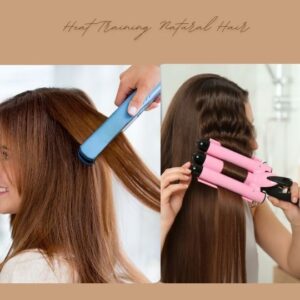



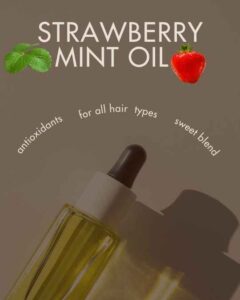

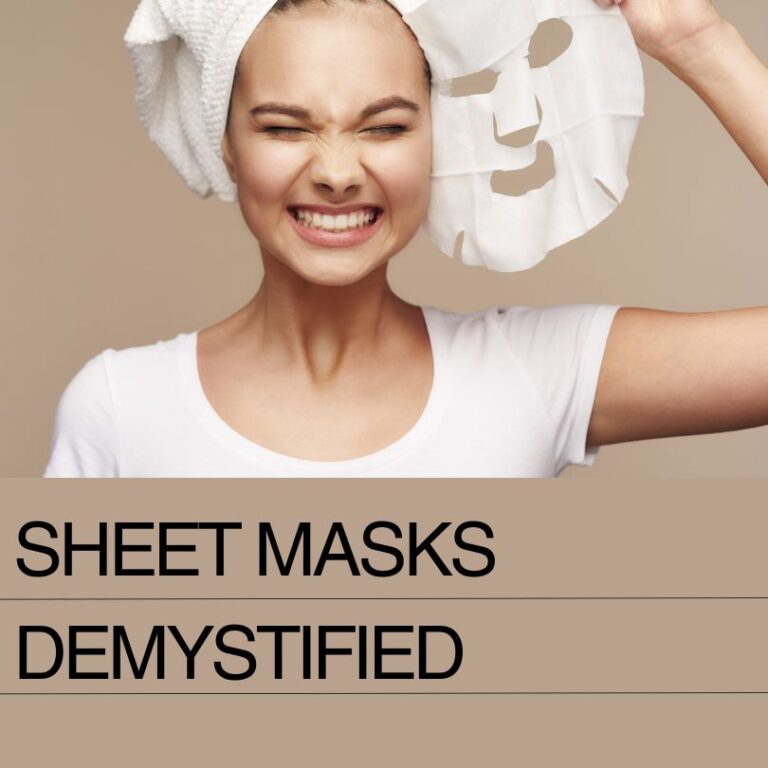
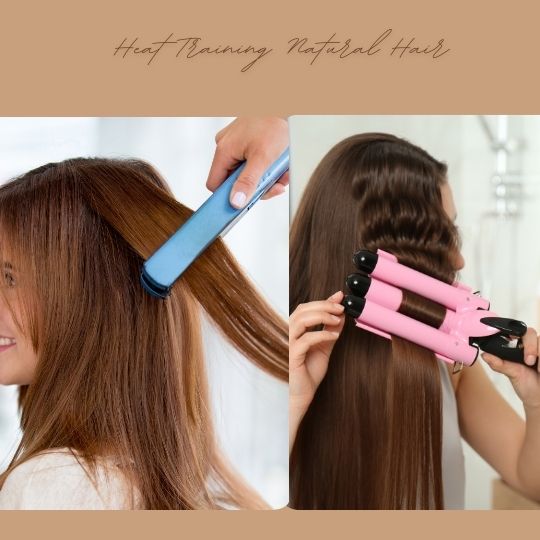
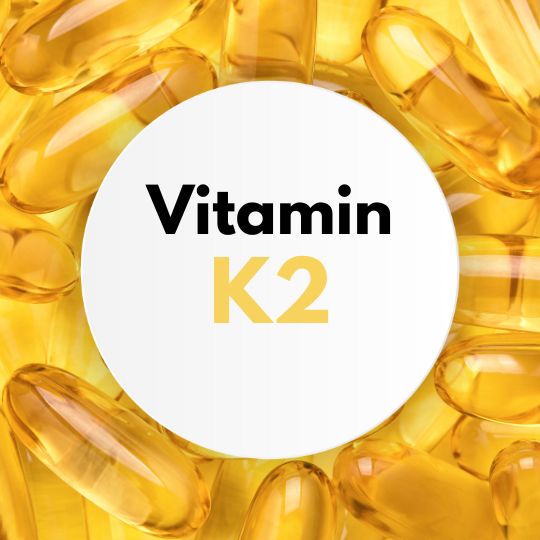
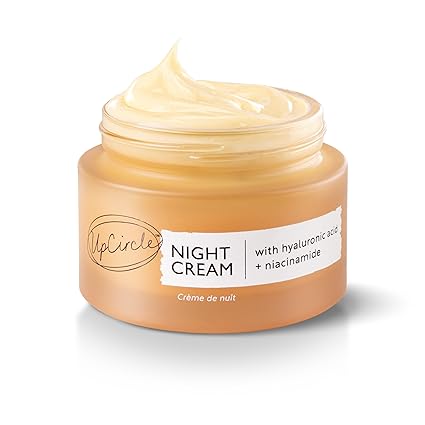
One Response
Great article! I really appreciate the clear and detailed insights you’ve provided on this topic. It’s always refreshing to read content that breaks things down so well, making it easy for readers to grasp even complex ideas. I also found the practical tips you’ve shared to be very helpful. Looking forward to more informative posts like this! Keep up the good work!